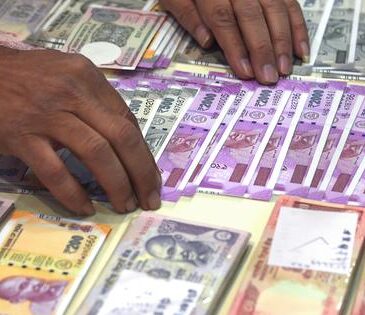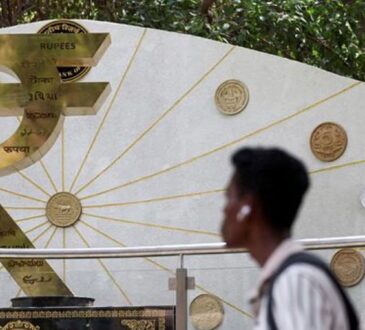The global economy is undergoing a reset. Tariffs and protectionism pose real challenges—but they also offer countries like India a chance to lead.
This shift puts India in a unique spot. For years, high tariffs acted like a safety net for our domestic industries—often protecting big business from real global competition. But now, with mounting pressure to bring those tariffs down, Indian companies will have to step up. They’ll need to focus on better quality, smarter innovation, and real efficiency if they want to compete. For consumers, that’s a win, more access to international products at fair prices. But it won’t all be smooth sailing. Indian exporters, especially the smaller ones who already work on tight margins, could take a hit, particularly in the U.S. market.
Key steps for India to continue its de-dollarization and trade leadership:
1. Expand rupee-based trade settlements to reduce dependence on the dollar and enhance currency sovereignty.
2. Accelerate free trade agreements with key partners, focusing on equitable terms rather than reactionary tariffs.
3. Lead in digital trade regulation, setting global standards for AI-driven commerce, fintech solutions, and cross-border digital transactions.
4. Reinforce supply chain resilience, positioning India as a preferred manufacturing destination for high-value industries.
5. Use diplomatic leverage to craft a trade order that serves the interests of both developed and emerging economies, ensuring that India’s voice is heard on the global stage.
India stands at the threshold of an exciting opportunity—one that is both challenging and full of potential. These new tariffs should not be seen as obstacles but as catalysts for India to accelerate its path towards de-dollarization and global trade leadership. The 21st century will not be defined by a single dominant economy but by collaborative frameworks that prioritize shared prosperity. India is uniquely positioned to lead this transformation, providing the balance between tradition and innovation, protectionism and open markets, local currencies and global trade.
The question is not whether India will play a role in shaping the future of global trade. The question is how boldly it will seize the moment and lead the charge.




